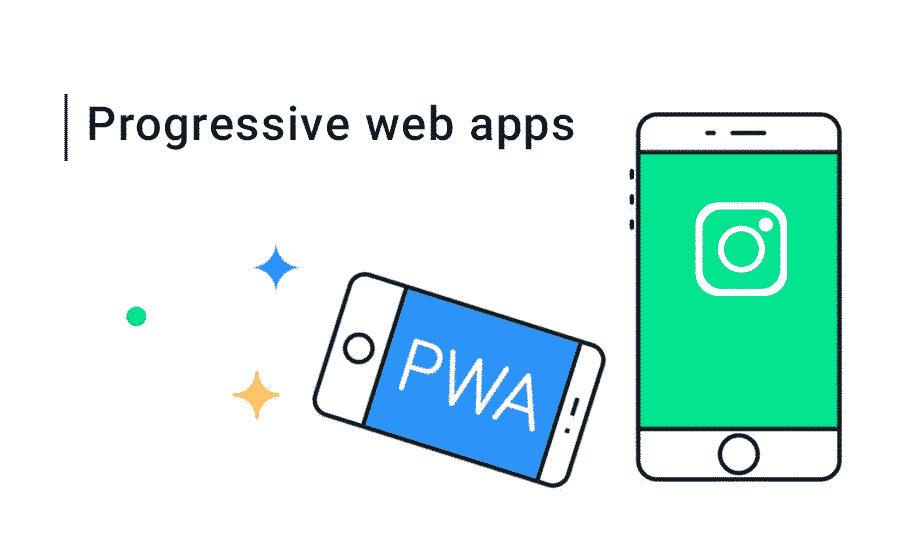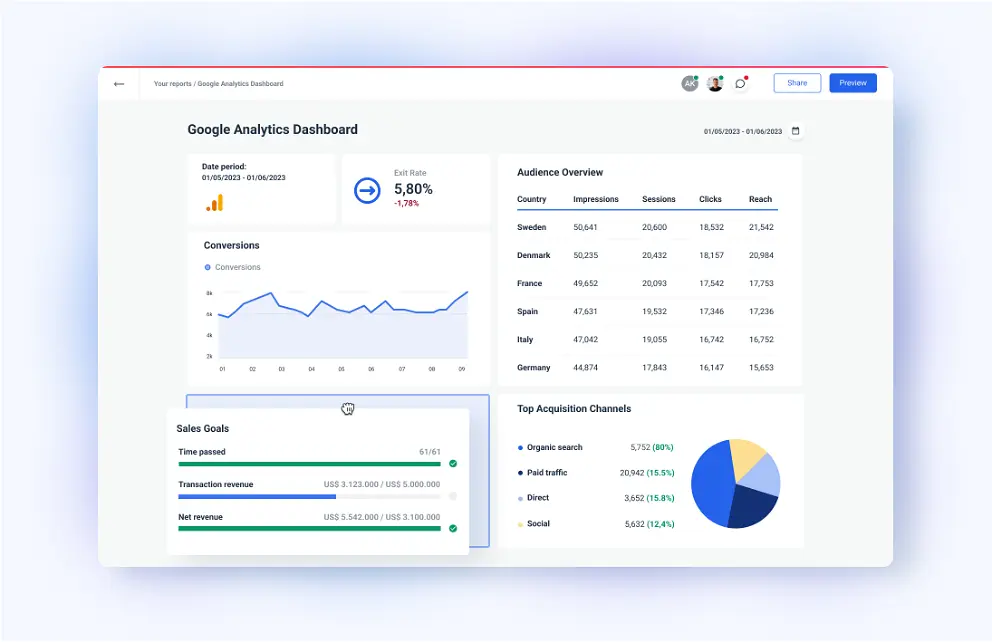Unlocking the Potential of PWAs: A Comprehensive Guide
Harnessing the Power of Progressive Web Apps (PWAs)
Progressive Web Apps (PWAs) have emerged as a transformative technology, bridging the gap between native apps and websites. By leveraging the capabilities of modern browsers, PWAs offer a seamless and engaging user experience that rivals native apps.
PWAs possess several key advantages. Firstly, they are platform-agnostic, meaning they can be accessed on any device with a modern browser, eliminating the need for separate app stores and installations. Secondly, PWAs are responsive, adapting their layout and functionality to different screen sizes and orientations. This ensures an optimal user experience regardless of the device being used.
Moreover, PWAs offer offline capabilities, allowing users to access content and functionality even when an internet connection is unavailable. This is achieved through service workers, which cache data and resources locally. Additionally, PWAs can send push notifications, enabling developers to engage with users in a timely and relevant manner.
The benefits of PWAs extend beyond user convenience. They are also cost-effective to develop and maintain, as they do not require the creation of separate native apps for different platforms. Furthermore, PWAs can leverage existing web development skills and tools, reducing the learning curve for developers.
To harness the full potential of PWAs, it is crucial to follow best practices. These include optimizing performance, ensuring accessibility, and implementing security measures. Additionally, developers should consider using frameworks and libraries specifically designed for PWA development, such as Polymer and Ionic.
PWAs have gained widespread adoption across various industries. E-commerce platforms, social media networks, and news organizations have successfully implemented PWAs to enhance user engagement and drive conversions. For example, Twitter’s PWA has significantly improved load times and reduced data consumption, resulting in increased user satisfaction.
In conclusion, PWAs offer a compelling solution for businesses and developers seeking to deliver a superior user experience. By embracing the power of PWAs, organizations can unlock new opportunities for growth and innovation while providing users with a seamless and engaging digital experience.
Enhancing User Engagement with PWAs: Strategies and Best Practices
Harnessing the Power of Progressive Web Apps (PWAs)
Progressive Web Apps (PWAs) have emerged as a transformative technology, bridging the gap between native apps and websites. By leveraging the capabilities of modern browsers, PWAs offer a seamless and engaging user experience that rivals native apps.
PWAs possess several key advantages. They are platform-agnostic, meaning they can be accessed on any device with a modern browser. They are also installable, allowing users to add them to their home screens for quick and easy access. Additionally, PWAs can be updated automatically, ensuring users always have the latest version.
To harness the full potential of PWAs, it is crucial to adopt effective strategies and best practices. One key strategy is to focus on providing a native-like experience. This includes optimizing the app’s performance, ensuring a responsive design, and incorporating features such as push notifications and offline functionality.
Another best practice is to leverage the unique capabilities of PWAs. For instance, PWAs can access device features such as the camera, GPS, and accelerometer, enabling developers to create immersive and interactive experiences. Additionally, PWAs can be integrated with other web technologies, such as service workers and websockets, to enhance functionality and performance.
To further enhance user engagement, it is essential to optimize the app’s content and design. This includes providing high-quality content that is relevant to the user’s interests. The app’s design should be intuitive and user-friendly, with clear navigation and easy-to-use controls.
Furthermore, it is crucial to promote the PWA effectively. This can be achieved through various channels, such as social media, email marketing, and app store optimization. By raising awareness of the PWA, businesses can attract more users and increase engagement.
In conclusion, PWAs offer a powerful solution for businesses looking to enhance user engagement. By adopting effective strategies and best practices, businesses can create PWAs that provide a seamless and engaging experience, rivaling native apps. By leveraging the unique capabilities of PWAs, optimizing content and design, and promoting the app effectively, businesses can harness the full potential of this transformative technology.
Optimizing PWAs for Performance and Reliability
Harnessing the Power of Progressive Web Apps (PWAs): Optimizing for Performance and Reliability
Progressive Web Apps (PWAs) have emerged as a transformative technology, bridging the gap between native apps and websites. By leveraging the capabilities of modern browsers, PWAs offer a seamless user experience that rivals native apps, while maintaining the accessibility and flexibility of the web. However, to fully harness the potential of PWAs, it is crucial to optimize them for performance and reliability.
One key aspect of performance optimization is minimizing load times. PWAs should be designed to load quickly, even on slow networks. This can be achieved through techniques such as code splitting, lazy loading, and caching. Additionally, using a content delivery network (CDN) can help distribute content more efficiently, reducing latency and improving load times.
Reliability is another critical factor for PWAs. Users expect PWAs to be available and responsive at all times. To ensure reliability, it is essential to implement robust error handling mechanisms. This includes handling network failures, server errors, and device-specific issues. Additionally, PWAs should be designed to work offline, providing users with access to essential functionality even when an internet connection is unavailable.
Another important aspect of optimization is optimizing for mobile devices. PWAs should be designed to be responsive and adapt to different screen sizes and orientations. They should also be optimized for touch interactions, ensuring a smooth and intuitive user experience. Additionally, PWAs should be designed to consume minimal resources, such as battery life and memory, to provide a seamless experience on mobile devices.
To further enhance performance and reliability, it is recommended to use performance monitoring tools. These tools can provide insights into the performance of PWAs, identify bottlenecks, and help developers optimize their code. Additionally, regular testing and monitoring can help ensure that PWAs continue to perform optimally over time.
By optimizing PWAs for performance and reliability, developers can create engaging and reliable user experiences that rival native apps. This can lead to increased user satisfaction, improved conversion rates, and a stronger brand reputation. As PWAs continue to evolve, it is essential for developers to stay abreast of the latest best practices and optimization techniques to ensure that their PWAs deliver the best possible user experience.
Monetizing PWAs: Exploring Revenue-Generating Opportunities
Harnessing the Power of Progressive Web Apps (PWAs): Exploring Revenue-Generating Opportunities
Progressive Web Apps (PWAs) have emerged as a transformative technology, blurring the lines between native apps and websites. Their ability to provide a seamless user experience, coupled with the reach of the web, has made them an attractive option for businesses seeking to monetize their digital presence.
One of the key advantages of PWAs is their ability to generate revenue through various channels. Unlike traditional websites, PWAs can offer a range of monetization options that cater to different business models.
In-App Purchases:
PWAs can seamlessly integrate in-app purchases, allowing users to purchase digital goods or services directly within the app. This model is particularly effective for businesses offering subscription-based services, premium content, or virtual items.
Advertising:
PWAs provide a valuable platform for advertising, as they offer a highly targeted and engaged audience. Businesses can partner with advertising networks to display ads within their PWAs, generating revenue based on impressions or clicks.
Affiliate Marketing:
PWAs can leverage affiliate marketing to promote products or services from other businesses. By partnering with affiliate networks, businesses can earn commissions on sales generated through their PWAs.
Freemium Model:
The freemium model involves offering a basic version of the PWA for free, while charging for premium features or content. This approach allows businesses to attract a large user base and generate revenue from a subset of engaged users.
Subscription-Based Services:
PWAs can offer subscription-based services, providing users with access to exclusive content, features, or discounts. This model is suitable for businesses offering ongoing value to their users.
Data Monetization:
PWAs can collect valuable data about user behavior and preferences. This data can be anonymized and sold to third-party companies for market research or targeted advertising purposes.
PWAs offer a multitude of revenue-generating opportunities for businesses. By leveraging their unique capabilities, businesses can monetize their digital presence and drive growth. As the adoption of PWAs continues to grow, it is essential for businesses to explore these opportunities and harness the full potential of this transformative technology.
Case Studies: Success Stories of PWAs Transforming Industries
Harnessing the Power of Progressive Web Apps (PWAs)
Progressive Web Apps (PWAs) have emerged as a transformative force in the digital landscape, offering a seamless and engaging user experience that rivals native mobile applications. By leveraging the capabilities of modern web technologies, PWAs provide a host of benefits that are revolutionizing industries across the board.
One notable success story is the PWA developed by Flipkart, India’s leading e-commerce platform. By implementing a PWA, Flipkart significantly improved its mobile conversion rates and reduced bounce rates. The PWA’s offline capabilities allowed users to access the platform even without an internet connection, enhancing the overall shopping experience.
Similarly, Twitter’s PWA has proven to be a game-changer. The app’s fast loading times and push notifications have increased user engagement and reduced data consumption. Moreover, the PWA’s ability to work offline has made it accessible to users in areas with limited internet connectivity.
In the healthcare industry, PWAs have also made a significant impact. The PWA developed by the Cleveland Clinic provides patients with convenient access to their medical records, appointment scheduling, and other essential services. The app’s user-friendly interface and offline capabilities have improved patient satisfaction and streamlined healthcare delivery.
PWAs have also transformed the education sector. The PWA developed by Khan Academy offers students access to a vast library of educational content, including videos, exercises, and assessments. The app’s offline capabilities ensure that students can continue learning even when they lack internet access, promoting educational equity.
The benefits of PWAs extend beyond improved user experience. They also offer significant cost savings for businesses. By eliminating the need for app store distribution and updates, PWAs reduce development and maintenance costs. Additionally, PWAs can be deployed across multiple platforms, further reducing expenses.
As PWAs continue to evolve, their potential for innovation is limitless. With the integration of emerging technologies such as artificial intelligence and augmented reality, PWAs are poised to revolutionize industries even further. By harnessing the power of PWAs, businesses can unlock new opportunities, enhance customer engagement, and drive growth in the digital age.




